The Economic Survey 2024-2025, released on January 31, 2025, highlighted several significant achievements in India’s urban development sector, particularly focusing on housing, transportation, and urban infrastructure. Among the most notable points was the continued success of the Pradhan Mantri Awas Yojana – Urban (PMAY-U), which has provided a substantial number of houses to urban residents since its launch in 2015.
Housing under PMAY-U
According to the survey, the government has sanctioned a total of 1.18 crore houses under PMAY-U, with 89 lakh houses already completed. The initiative, aimed at providing permanent housing solutions for low-income families in urban areas, continues to make progress with 1.14 crore houses grounded as of November 25, 2024. The PMAY-U 2.0 phase, launched in September 2024, is expected to further support an additional one crore households across the country. As of January 2025, 29 states and union territories have signed agreements to implement this expanded phase, with 6 lakh houses approved in the fiscal year 2025 alone.
PMAY-U remains a key program in the government's vision for affordable urban housing, offering financial assistance to beneficiaries to ensure the availability of permanent homes. The implementation of this scheme has been instrumental in reducing the housing gap in urban areas, contributing to the government's goal of achieving "Housing for All" by 2024.
Urban Transportation Infrastructure
In addition to housing, the Economic Survey also detailed significant developments in urban transportation. The government's push towards improving urban mobility includes the construction of metro rail and rapid rail transit systems in various cities across the nation. As of the report, 1,010 kilometres of metro rail systems are operational in 23 cities, with an additional 980 kilometres under construction. This expansion is expected to address the growing demand for urban transportation while reducing traffic congestion, pollution, and fuel consumption.
These systems have proven to be effective in reducing emissions, accidents, and vehicle operating costs. The operational metro systems have also contributed to a significant reduction in the time commuters spend traveling, improving the quality of life for urban residents. The expansion of metro networks is expected to continue in the coming years, particularly in tier-2 and tier-3 cities, as part of the government’s larger vision for sustainable and efficient urban mobility.
Urban Water and Sanitation Infrastructure
The Economic Survey also touched upon the Atal Mission for Rejuvenation and Urban Transformation (AMRUT), a scheme launched in 2015 to enhance urban water management across the country. The survey noted that the mission has successfully increased tap water coverage to 70% and sewerage coverage to 62%. Under AMRUT, the government has also created a water treatment capacity of 4,649 million litres per day and developed 2,439 parks, adding over 5,000 acres of green space.
AMRUT 2.0, which was introduced in 2021, is further expanding the reach of the mission. It aims to improve water and sewage infrastructure in all statutory towns and cities across India, with an allocation of ₹2.77 lakh crore for the period from FY22 to FY26. This phase has already initiated nearly 9,000 projects worth ₹1.89 lakh crore, actively involving self-help groups and promoting the use of innovative technologies in urban water management.
Smart Cities Mission
Another important initiative, the Smart Cities Mission, has made considerable strides, with 8,058 projects proposed under the scheme, amounting to ₹1.64 lakh crore in investments. Of these, 7,479 projects worth ₹1.50 lakh crore have been completed as of January 2025. Launched in 2015, the mission aims to develop cities that offer a high quality of life, improved infrastructure, and a sustainable environment.
The survey highlighted the importance of this mission in the transformation of urban areas into smart cities that cater to the evolving needs of the population. It includes the development of essential infrastructure such as efficient transportation, water supply, sanitation, and energy management, with a focus on promoting digital technology and innovation in urban governance.
Swachh Bharat Mission – Urban
The Economic Survey also reported the progress of the Swachh Bharat Mission – Urban, which has significantly improved sanitation facilities in urban areas. As per the 78th round report of the National Sample Survey (NSS-15), 97% of households in urban areas now report access to toilets. The construction of individual household latrines (IHLs) has reached 63.7 lakh, while the number of community and public toilets constructed stands at 6.4 lakh. Additionally, 93,756 wards across the country now have 100% door-to-door collection of municipal solid waste, contributing to cleaner cities.
Numbers At a Glance
PMAY-U:
- 1.18 crore houses sanctioned
- 89 lakh completed
- 1.14 crore grounded (Nov 2024)
- 6 lakh approved for FY 2025
Urban Transportation:
- 1,010 km metro operational
- 980 km under construction
AMRUT:
- 70% tap water coverage
- 62% sewerage coverage
- 4,649 million litres/day water treatment capacity
- 2,439 parks developed
Smart Cities:
- 8,058 projects proposed
- 7,479 projects completed
Swachh Bharat (Urban):
- 97% households with toilets
- 63.7 lakh IHLs built
- 93,756 wards with waste collection
The Economic Survey 2024-2025 emphasizes the government's comprehensive focus on urban development, highlighting significant strides in housing, transportation, and infrastructure. These efforts are transforming cities into more sustainable and efficient environments. The continued progress in improving access to housing, modern mobility solutions, and essential utilities is laying the groundwork for enhanced living standards and long-term urban growth. With these initiatives, India is building a solid foundation for the future of its urban centers.
Image source-pmay-urban

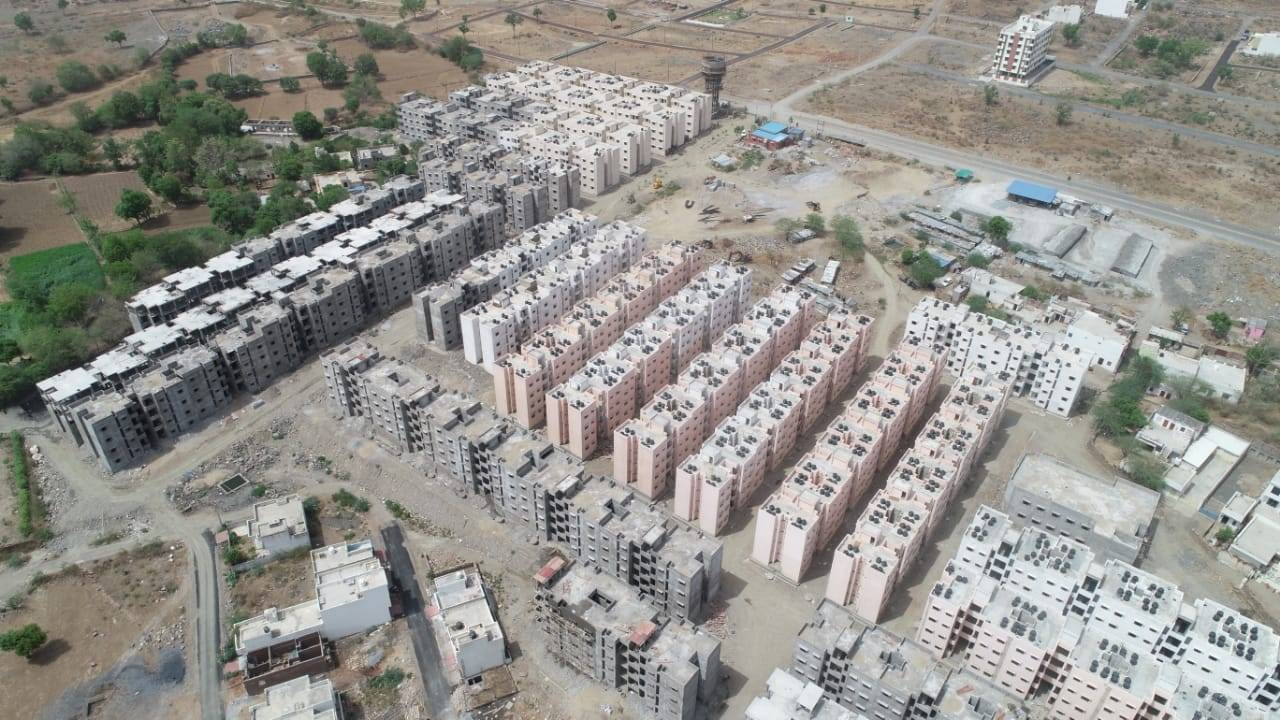
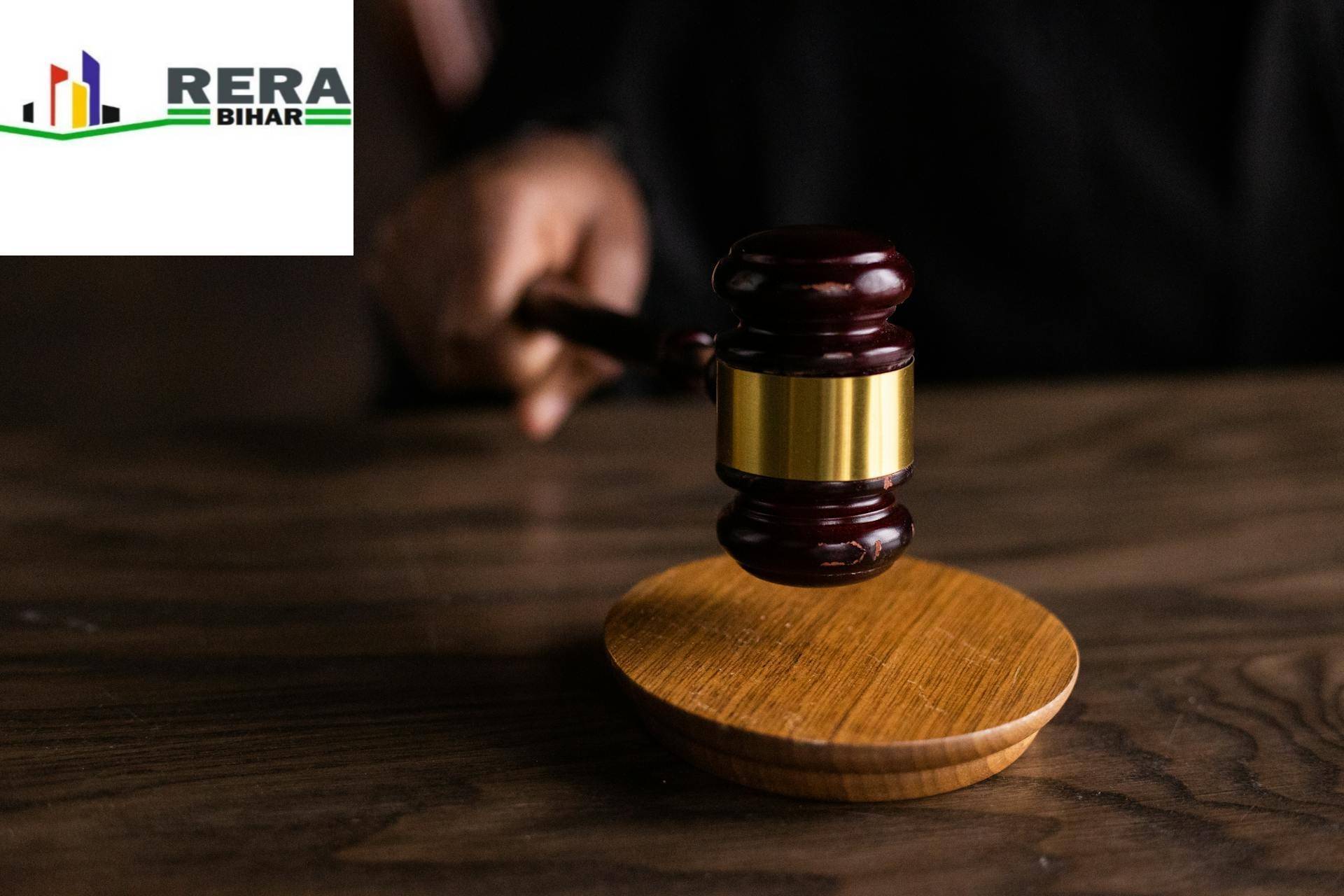
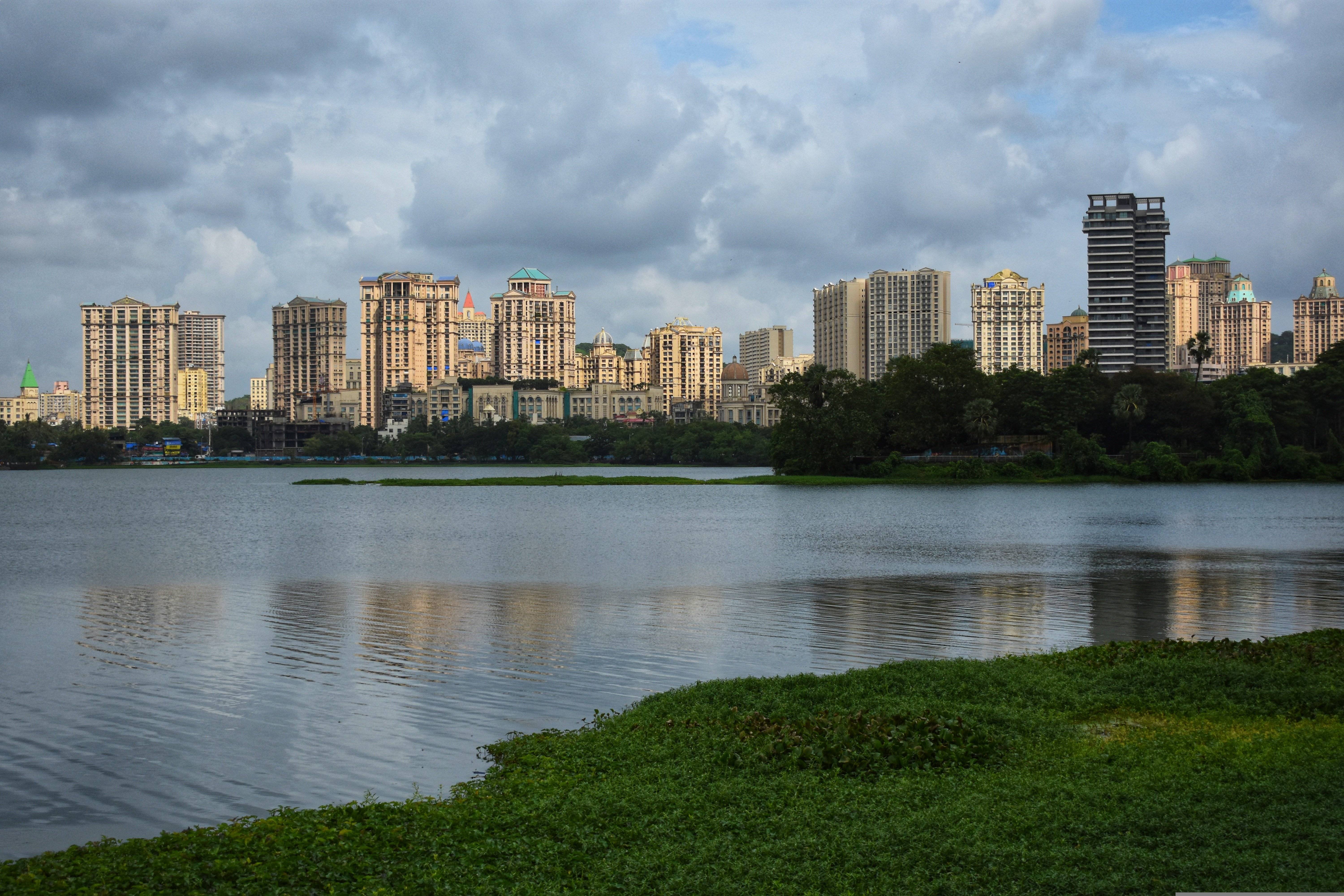
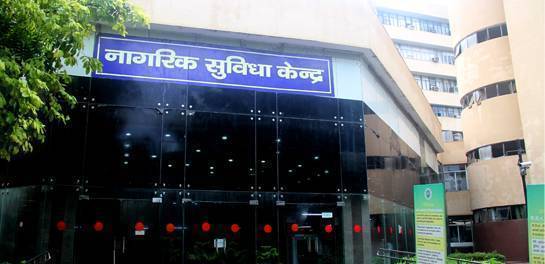
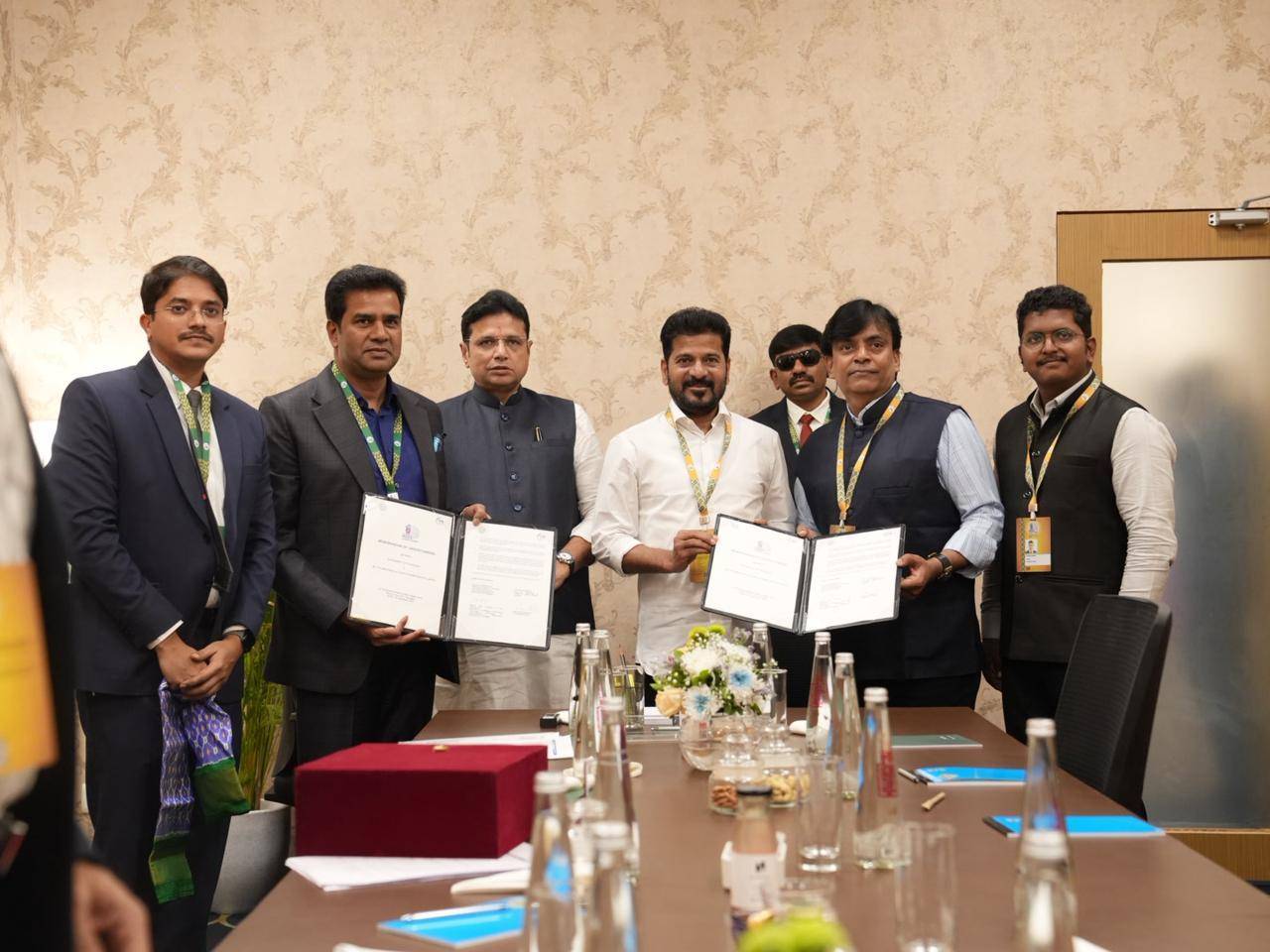
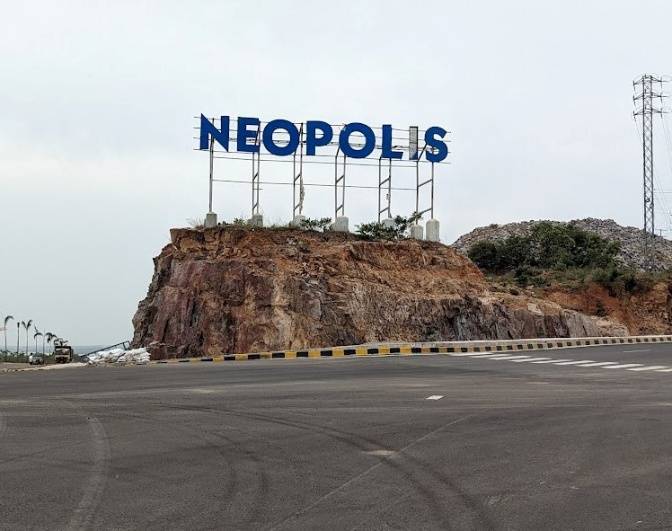

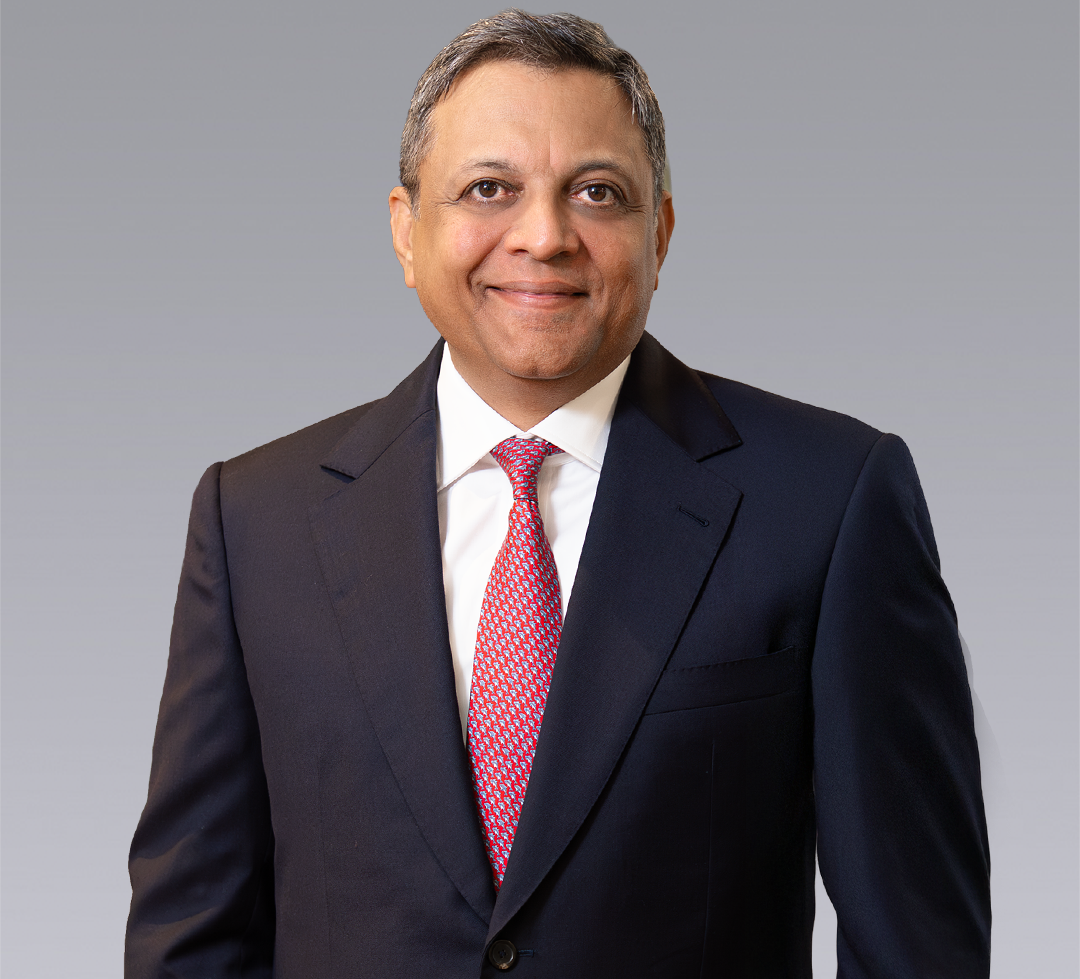
.png)